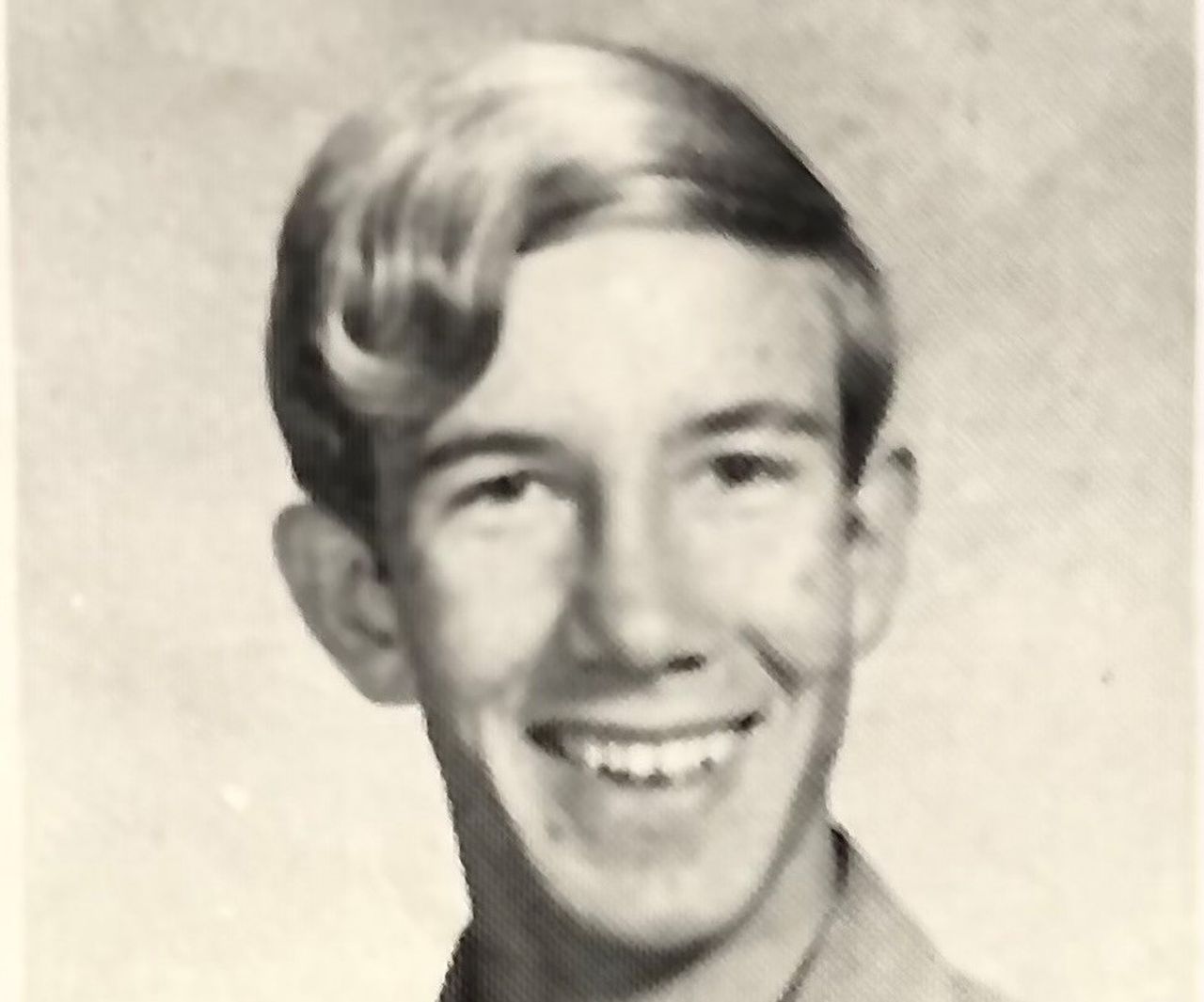Johnson: United Methodist member recalls effort to merge Black, white conferences in 70s
This is an opinion column.
The United Methodist Church is everything but. Everything but united. Everything but a church, if I may be so Biblical.
In Acts 20: 28, it is written: Pay careful attention to yourselves and to all the flock…
…to all the flock.
For about three years now the United Methodist Church has splintered over a segment of its flock that either identifies with a segment of the LBGTQ+ community or supports it.
This week, 193 churches in South Alabama and West Florida dumped the denomination, as was chronicled by my AL.com colleague Greg Garrison.
According to Greg’s latest tally of the defections, the UMC toppled from a high of 10.6 million members in the U.S. in 1970 to about 6.2 million in 2020, before the global COVID-19 pandemic. And before the conservative congregations began bolting rather than, well, love thy neighbor…
To this Christian, that’s sad.
To Bishop David Graves, head of the Alabama-West Florida Conference of the United Methodist Church, it’s hella worse. Speaking during a special called meeting this week to discuss the cascading departers, he said: “Division is the devil.”
Half a century ago, the church, not surprisingly given the times, was splintered over race. Black and white methodists were separate. Same denomination. Same God. Yet separate.
In the summer of 1970, Gregg Woodfin of Hamilton, Alabama was a 19-year-old youth delegate to the annual gathering of the white UMC’s North Alabama Methodist Church UMC Conference at Birmingham Southern College, which is affiliated with the church. The Black Central Alabama UMC conference was held separately. Now 70, Woodfin reached out recently with his recollection of the effort then to bring the two groups together:
“I represented the Jasper District, which included Hamilton. Two years earlier, our Hamilton UMC Board passed a resolution that no Black person could attend our worship services without advance permission from the board.
“I was one of 12 idealistic youth voting delegates representing each district of the three-day conference. We were selected and supervised by Conference Youth Director Nina Reeves. We all had served on her summer staff at Camp Sumatanga. Before the vote, Nina coached us to mingle with local church delegates and encourage them to consider voting yes. Basically, we were lobbyists. The delegates were very friendly, but I sensed we weren’t changing many hearts and minds.
“I didn’t see my local church delegate from Hamilton UMC until the third day when the merger vote was held. I felt he only attended that day to vote “no” on the merger and that other delegates attended for the same reason. There was standing room only in Munger Auditorium on the third day while there had been plenty of empty seats the first two days.
“The air was full of tension during the voting and counting. I don’t recall the exact numbers, but “no” votes were a large majority. I will always remember hearing a young woman cry out as if her heart was breaking upon hearing the merger was voted down. She was a friend who had worked on Nina’s camp staff with me.
“During the ride home with my pastor, I asked if I could give a brief description of my experience from the pulpit. I spoke during the Sunday evening service and included the fact that our delegate only attended the third day of the Conference. I didn’t get any blowback but didn’t get any pats on the back, either.
“The same summer, the merger was approved by the Black UMC Conference. A year later, it was approved by the white UMC Conference—but by only one vote.”
The tally in 1971 was 429-428, according to retired UMC Bishop William Willimon, a prolific author, and professor at Duke University. He served the North Alabama Conference from 2004 through 2012. In an article, he notes that preaching at the annual conference on that day when the white conference voted to approve a merger was his mentor, Bishop Kenneth Goodson.
Years earlier, following the historic attack on marchers at the foot of the Edmond Pettus Bridge we know as “Bloody Sunday”, Goodson crafted a letter that was read on all pulpits on April 4, 1965. In it, Willimon wrote, “Goodson asked Methodists to commit themselves to the ‘elimination of those injustices that bar any of our people from full participation in all rights of citizenship.’”
Seems someone needs that letter read to them again. A hella lot of someones.
More columns by Roy S. Johnson
Instead of forcing kids to hear the ‘Star-Spanged Banner’, they should study it
Questioning parenting after youth violence is real, but does not absolve lawmaker inaction
Why are our Black children shooting our Black children?
Tell me why, Republicans; or do silence and gun deaths speak for you?
I got it wrong; Republicans actually do want us to vote
I’m a Pulitzer Prize finalist for commentary and winner of the Edward R. Murrow prize for podcasts: “Unjustifiable,” co-hosted with John Archibald. My column appears in AL.com, as well as the Lede. Stay tuned for my upcoming limited series podcast Panther: Blueprint for Black Power, co-hosted with Eunice Elliott. Subscribe to my free weekly newsletter, The Barbershop, here. Reach me at [email protected], follow me at twitter.com/roysj, or on Instagram @roysj
